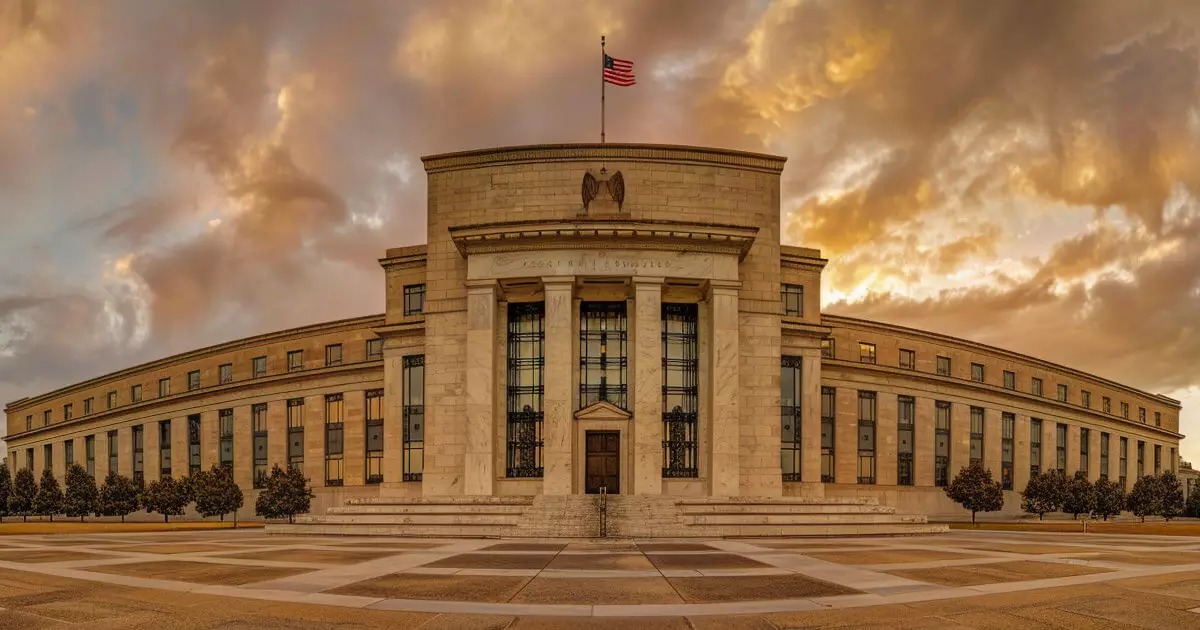In the contemporary battle over digital currency regulation, the Federal Reserve has donned a deceptive cloak of leniency that obscures its underlying anti-crypto intentions. Recently, Caitlin Long, the CEO of Custodia Bank, took a bold stance pointing out that the Fed’s public relations efforts are more about optics than genuine regulatory reform. While they may have rescinded certain prohibitive policies, key restrictions designed to benefit large financial institutions still loom ominously—particularly a rule barring banks from directly engaging with cryptocurrencies or public blockchains. This juxtaposition raises red flags about the Fed’s sincerity in fostering innovation versus protecting entrenched interests.
A Favoritism for the Few
What stands out in Long’s analysis is the undeniable favoritism towards large banks. The remnants of the Fed’s January 2023 rule exemplify this bias by preventing banks from managing their own cryptocurrency holdings—essentially locking them out of the market while simultaneously granting private, permissioned ledgers a significant foothold. This policy not only undermines the ethos of cryptocurrency—transparency and decentralization—but also erects barriers that could severely handicap smaller institutions and startups attempting to innovate within this rapidly evolving space. The impact is magnified: while major banks can dive into the realm of private stablecoins, smaller players must endure a protracted wait for more favorable legislation.
Stagnation of Innovation
Long’s concerns echo a broader sentiment that the Fed’s maneuvering risks silencing the very innovations that crypto promises. A myriad of opportunities are at stake as public blockchains like Ethereum face headwinds, while private networks proliferate under the Fed’s watch. By favoring these substantial institutions, there’s a clear possibility that we are entrenching a status quo in the financial sector—one that heavily favors established players at the mercy of nimble, decentralized alternatives. As the tide turns slowly in favor of public participation in the crypto space, regulatory barriers instituted by the Fed could threaten to ground that momentum.
Political Accountability Matters
When politicians like Senator Cynthia Lummis also voice concerns, alarm bells should ring louder. Lummis characterizes the Fed’s recent shifts as “just lip service,” pointing out the persistent influence of historical actors who still design policies today. Should this trend continue, institutions beyond just banks will likely find themselves sidelined, unable to effectively integrate crypto into their services. It’s inherently troubling that regulators can label innovations “unsafe and unsound,” when in reality, they are merely attempting to preserve their dominion over a rapidly shifting landscape. Policymaking should be about fostering growth, not thwarting it.
The Need for a New Narrative
The deeper issue at hand is the Fed’s outdated narrative on digital assets. In a world increasingly driven by technology, clinging to antiquated frameworks only serves to amplify lost opportunities and stifle competition. We need a rebirth in the approach to cryptocurrency regulation, one that promotes inclusivity rather than elitism, and empowers a diverse group of financial institutions to tackle the challenges and innovations that crypto presents. The momentum for a more equitable landscape exists; it’s time for the Fed to embrace it.
















Leave a Reply